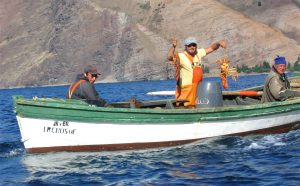A recent report by Germanwatch listed Pakistan as 7th in the countries most affected by climate change from 1997 to 2016 recently. Within Pakistan, though, the province of Sindh is the worst affected by extreme weather events that are the classic manifestations of climate change.
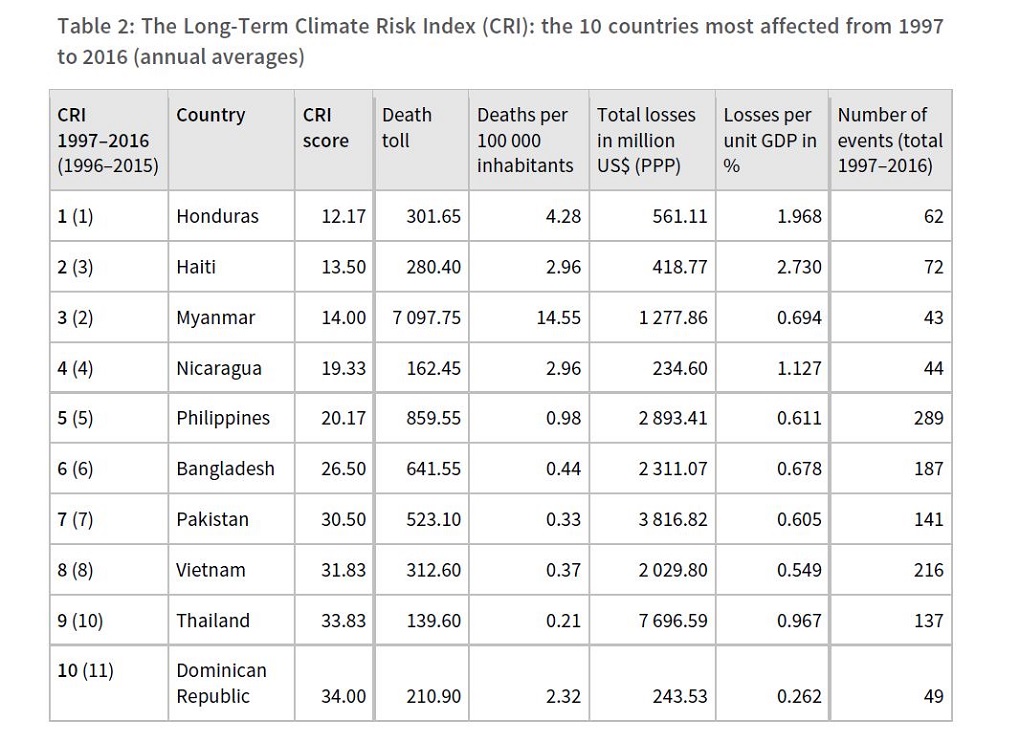
Sindh witnessed massive floods in 2010 and 2011, and severe drought in Thar Desert, Achhro Thar, Nara Desert, Kachho region, and Kohistan since 2013. The 2010 floods alone caused an estimated USD 9.7 billion in damage, twice that of the massive 2005 earthquake in the Kashmir region.
One initiative to deal with this has been a USD 120 million World Bank Sindh Resilience Project (SRP), to mitigate drought and flood risks of Sindh. Under the project, a total of 15 small recharge dams would be constructed in Tharparkar, Thatta, Dadu, Jamshoro, and Karachi districts.

Under the SRP more than 5 million people from floods and drought conditions will be direct beneficiaries. The infrastructure investments will further protect more than 517,000 hectares of land from floods and drought events.
The former Director General of Pakistan’s Meteorological Department (PMD), who also served as special adviser to the secretary general of the UN World Meteorological Organization for Asia, Qamar-uz-Zaman Chaudhry approved of the idea of dams.
Quoting PMD data, he suggested that the change in rainfall patterns, which had led to extremes of either too much water in too little time (resulting floods) and too little rainfall for longer and longer periods (leading to droughts) needed to be offset. The records reveal that in last two decades rain patterns have been squeezed into a narrower window in Pakistan. Earlier the monsoon rains would last from July to September, but now they occur only from July to August. But while the number of rainy days has come down, the intensity of rainfall has increased in Pakistan. One way of dealing with these severe outliers was the construction of small dams as an aid to resilience in Sindh and Balochistan.
The problem is that the dams also need to be filled.
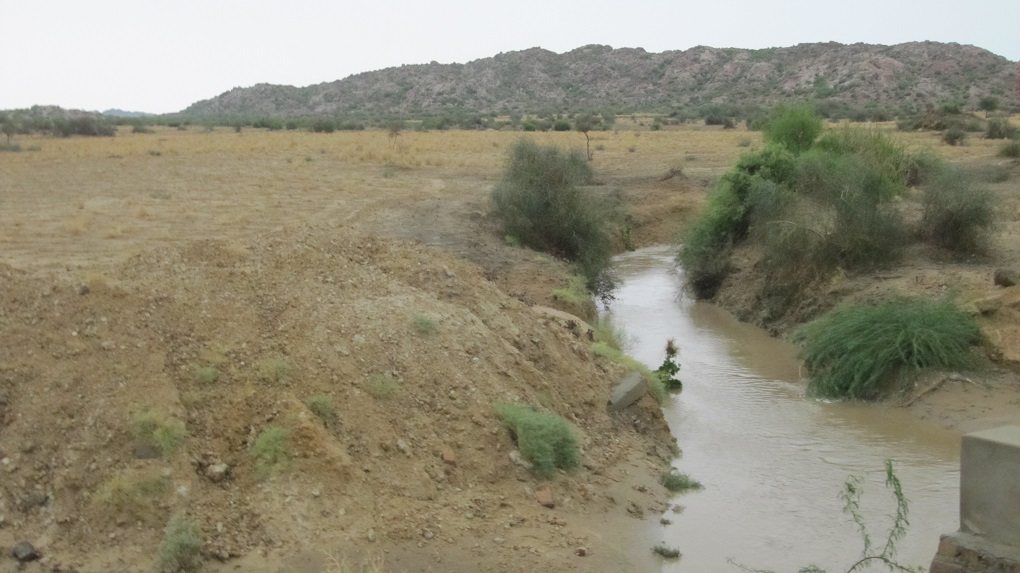
The Sindh government has constructed thirty nine small dams in the province. According to the Chief Minister of the province, Syed Murad Ali Shah, fourteen small dams have been completed in district Jamshoro and six such dams have been constructed in Thar Desert including in Nangarparkar area. However scarcity of rains in recent years has not allowed existing small dams to be filled.
As per Pakistan Meteorological Department (PMD) record, for last 15 years, the Thar Desert faced frequent droughts. 2011 was exceptional year when the desert received 1,200 millimetres of rainfall in the monsoon against Thar’s average annual rainfall of 200 millimetres.
The 2011 rains enhanced the storage to six months collected in Thar’s ‘tarayoon’ (natural depression ponds between sand dunes), weirs, and dams. This water is used for both drinking purposes and small scale agriculture.
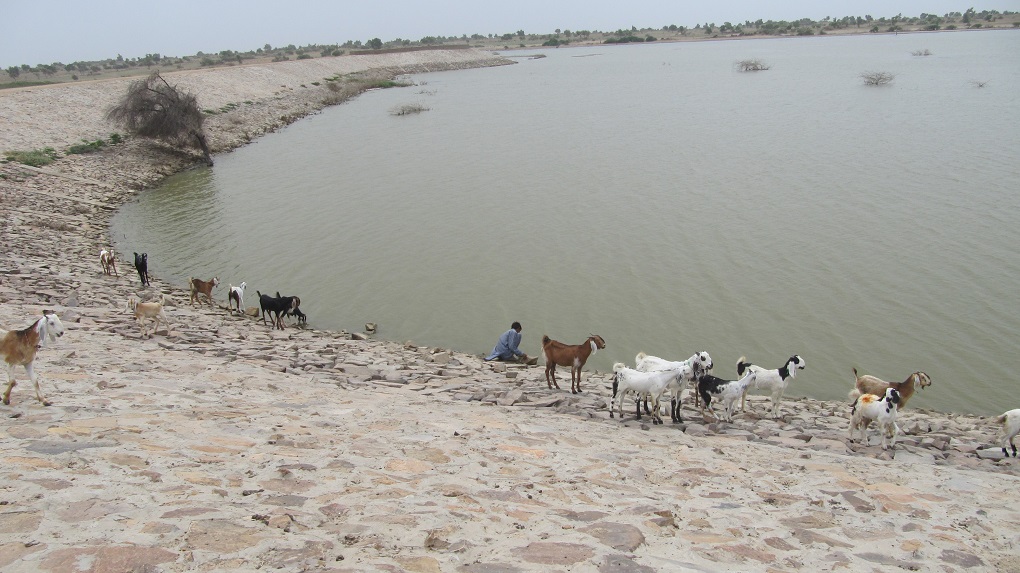
Last year Ranpur Dam was partially filled after moderate rains. But the water lasted only for two months because people used for agriculture purpose.
Locals say at one hand where Sindh government has constructed small dams to recharge the groundwater, while on other it has also started open pit mining in search of 175 billion tonnes of lignite coal reserves inside layers of aquifers for its Thar Coal Project. This is also causing the depletion of groundwater level from the area.
See: Pakistan’s coal expansion brings misery to villagers in Thar desert
Sindh Engro Coal Mining Company (SECMC), a joint venture with the Sindh government in excavation at Block-II site, disputes this, though.
“Considering the scale of mining operations and potential of underground water in Thar, Block-II is only dewatering 0.04% of total Thar underground water per year for an area of 9,100 square kilometres and this percentage would exponentially decrease to around 0.02%,” a SECMC statement said.
See: In Sindh water is only for rich and powerful
Maybe the one issue that nobody seems to be addressing is the access to water is often dependent on wealth and social position. Despite the declining rainfall in Sindh, it has the best water infrastructure in Pakistan, and yet very high poverty rates. Infrastructure tweaks may not be the end of the story, or even what is most needed by the most marginalised.
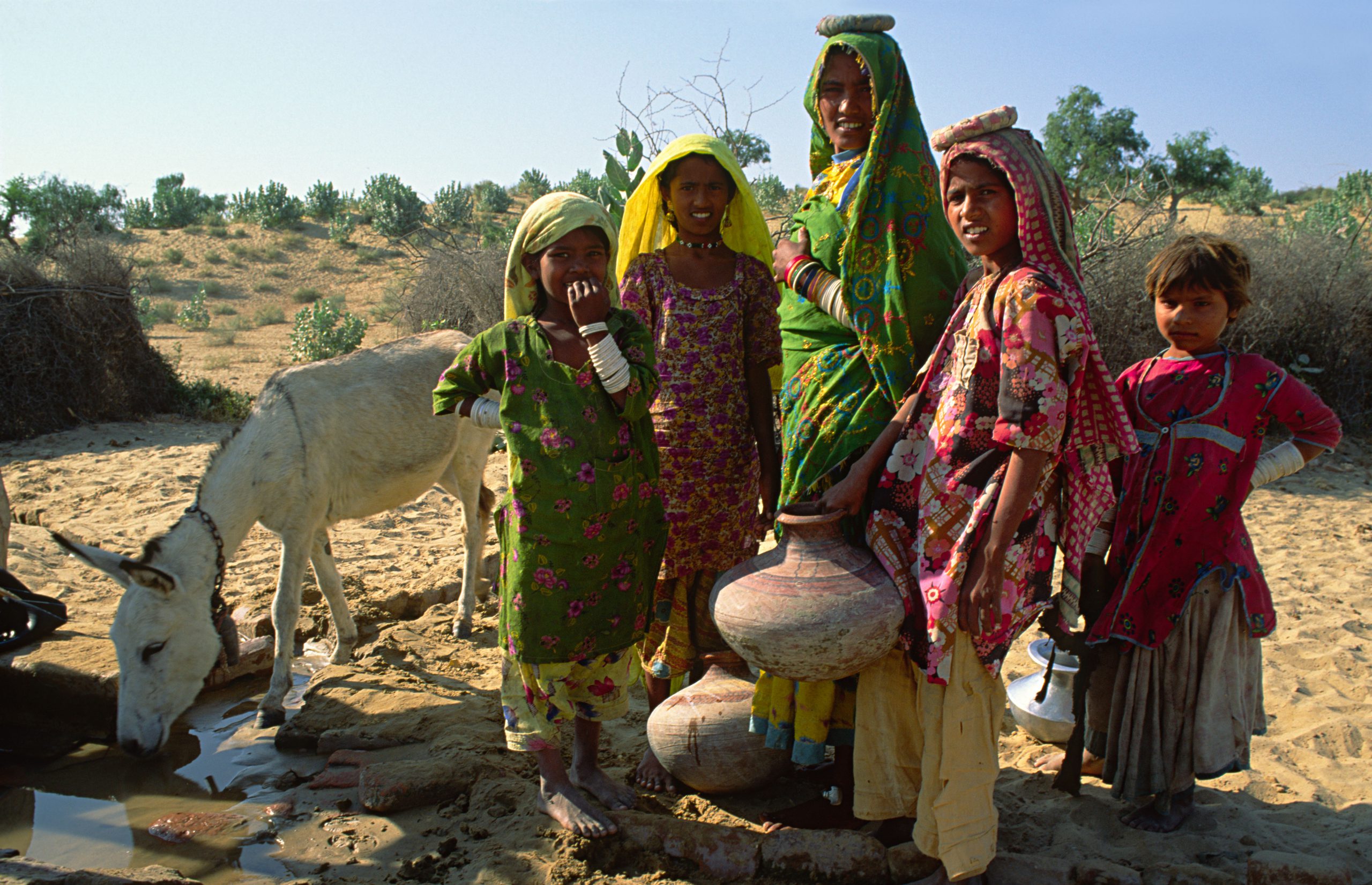

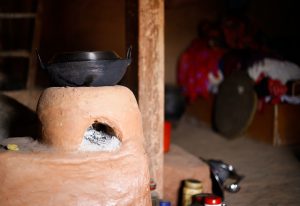
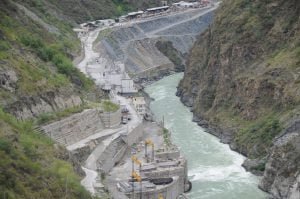


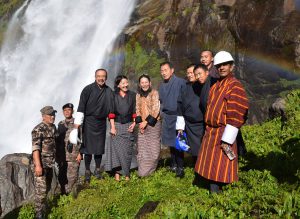
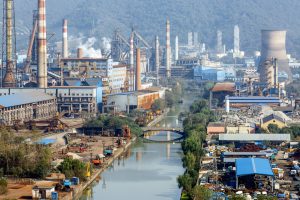
![man collecting firewood in Rohingya [image by: Mokammel Shuvo]](https://dialogue.earth/content/uploads/2018/03/Roh1-300x200.jpg)
